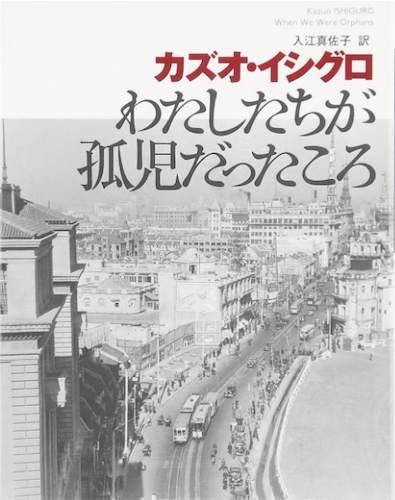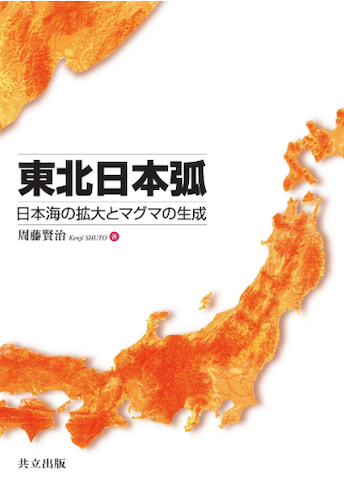97. The "Melon" Radical: 瓜
The "melon" radical 瓜 looks exactly like this non-Joyo kanji:
瓜 (うり: melon)
As a radical (also pronounced うり), this five-stroke shape has no variants and is on duty in no Joyo kanji. It does, however, serve as a component in these two Joyo characters:
孤 (1229: solitary), where 子 (radical 39: "child") is on duty
弧 (1230: arc), where 弓 (radical 57: "bow") is on duty
As in these examples, 瓜 almost always appears on the right side of a kanji, whether this shape serves as a radical or a mere component. The only exception is the non-Joyo 瓣, a variant of the Joyo 弁 (speaking). In 瓣, the 瓜 lies in the middle, so squished that it's hard to recognize.

The Japanese version of Kazuo Ishiguro’s novel When We Were Orphans includes 孤児 (こじ: orphan) in this title:
「わたしたちが孤児だったころ」
When We Were Orphans
わたしたち (私たち: we); ころ (when)
I read the book (in English!) and initially thought it was fantastic but eventually felt disappointed and resentful about the time I lost to the second half.
According to Henshall's newer edition, the 子 in 孤 means "child," whereas 瓜 (squash, melon, gourd) serves as a phonetic conveying “nothing to rely on” or “suddenly separate, lone,” depending on which researcher you ask. Thus, the whole 孤 character represents "orphan."
Though his experts pay no attention to 瓜 as “gourd” and the like, Kanjigen does. That source says that the two halves of 孤 collectively refer to a solitary child that looks like a round gourd lying on the floor! The same source notes that because an infant's cry is referred to as 呱 (コ), an infant's wails came to be called 孤 (コ).

On this book cover, which features a map of Honshu plus a bit more of the Japanese archipelago, the 弧 (こ) in the title means "arc":
「東北日本弧 日本海の拡大とマグマの生成」
The Arc (Shape) of Northeastern Japan: The Expansion of the Sea of Japan and the Formation of Magma
東北日本 (とうほくにほん: northeastern Japan); 日本海 (にほんかい: Sea of Japan); 拡大 (かくだい: expansion); 生成 (せいせい: formation)
This use of 弧 is quite unusual because people don't perceive 東北日本 as an arc. They just consider it part of Honshu.
As for 弧, that combines 弓 (bow) with 瓜! Is this an odd twist on the William Tell story of shooting an apple balanced on someone's head?!
No, according to Henshall, this 瓜 phonetically contributes the associated sense "round, rounded," yielding "curved bow" as the overall meaning of 弧. Originally, this character likely referred to a "type of bow with a particularly pronounced and curved profile," he says, adding that this sense later generalized to "arc shape."
Kanjigen says much the same thing, calling 瓜 a pictogram of a "round gourd hanging down." Thus, 弧 represents a "curved bow."
